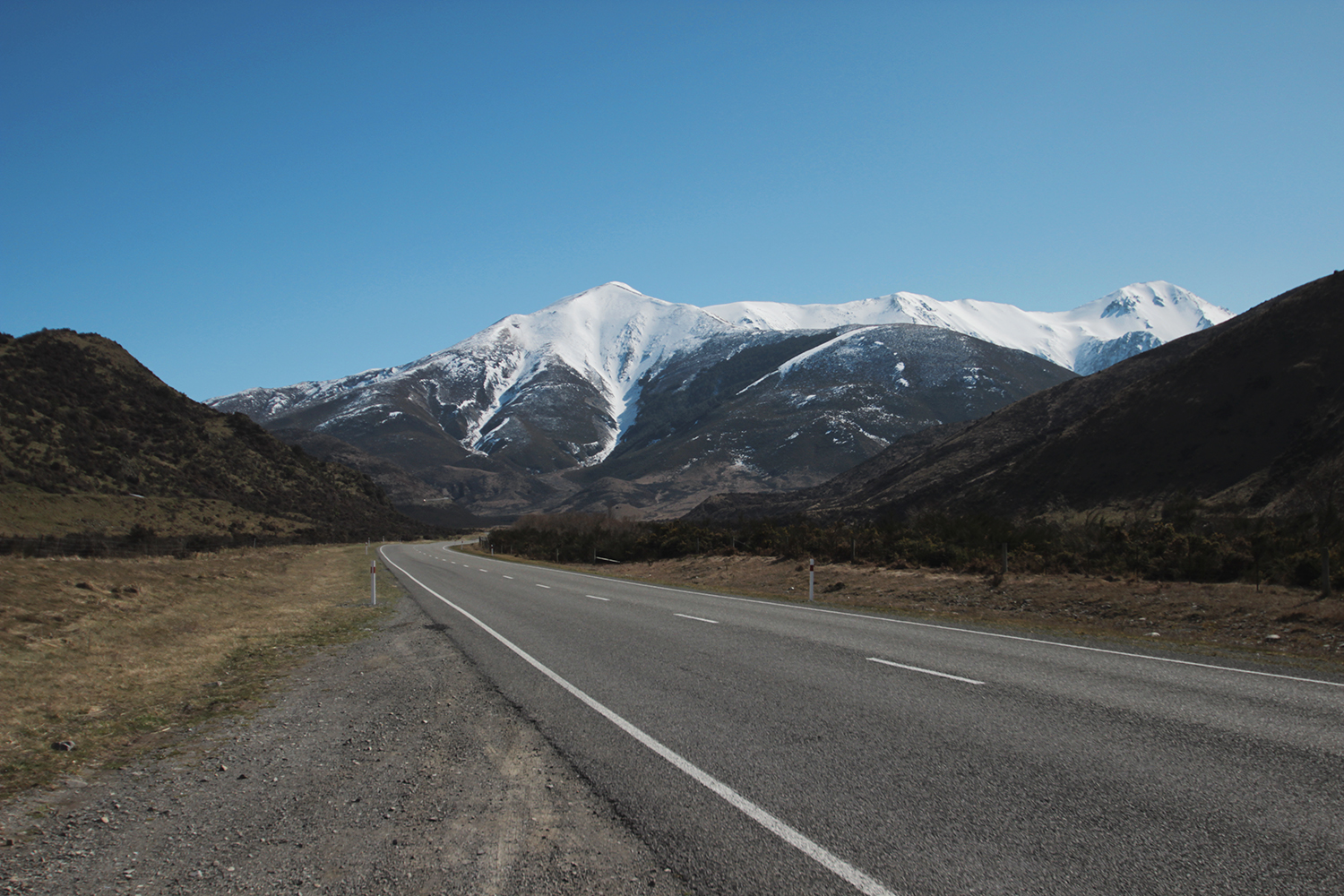
It was 7 hours of driving today. I covered 5 hours of it and I pretty much covered from the east coast to the west coast. That meant it was 5 hours of windy roads of various speeds (35km/hr to 100km/hr at any time) as we trudged through the mountainous terrain of Arthur’s Pass. I’m surprised they even had 100km/hr as a speed for some of those roads…………. after 5 hours of it though I started pushing my boundaries and thought I was the tofu boy of Initial D.
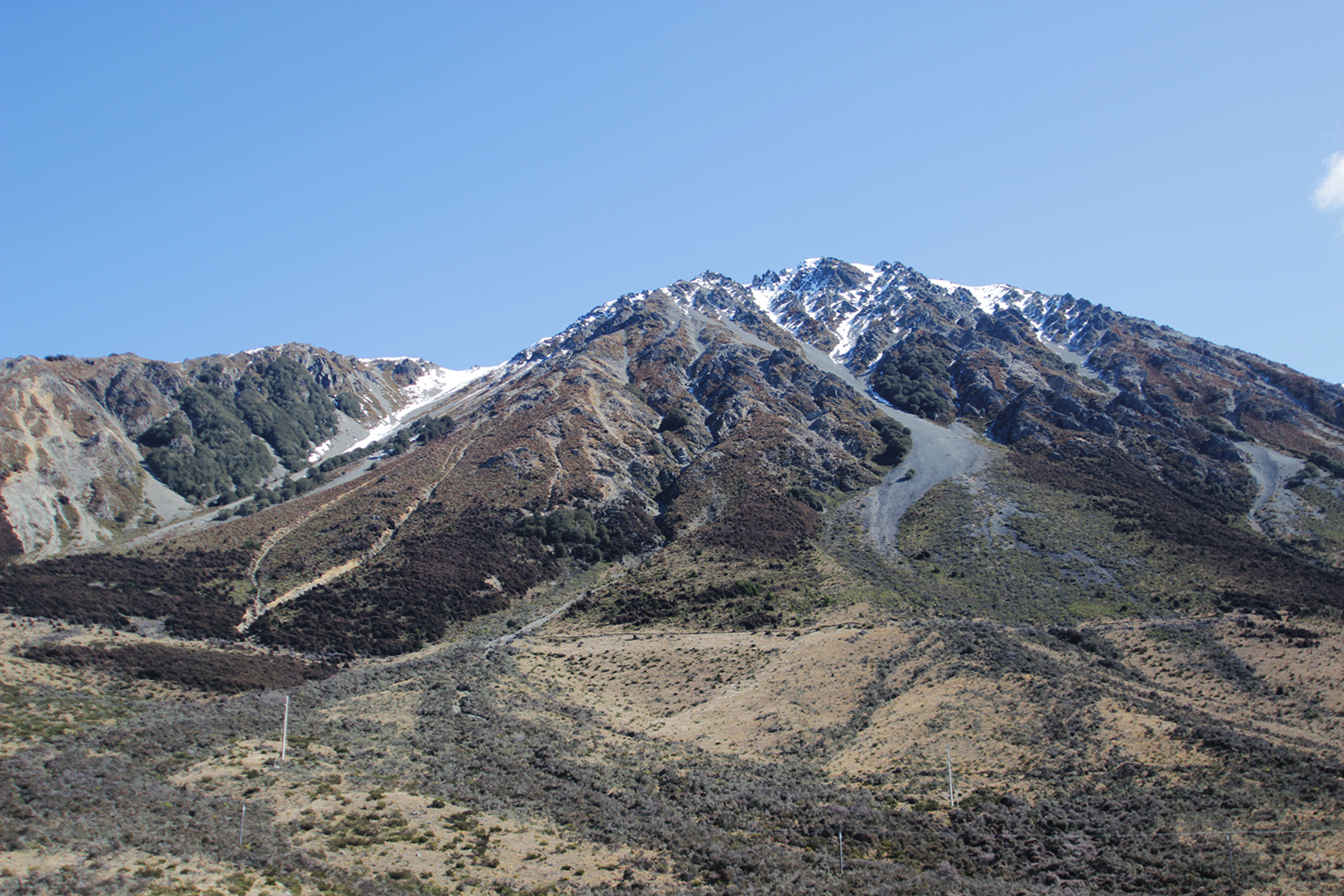
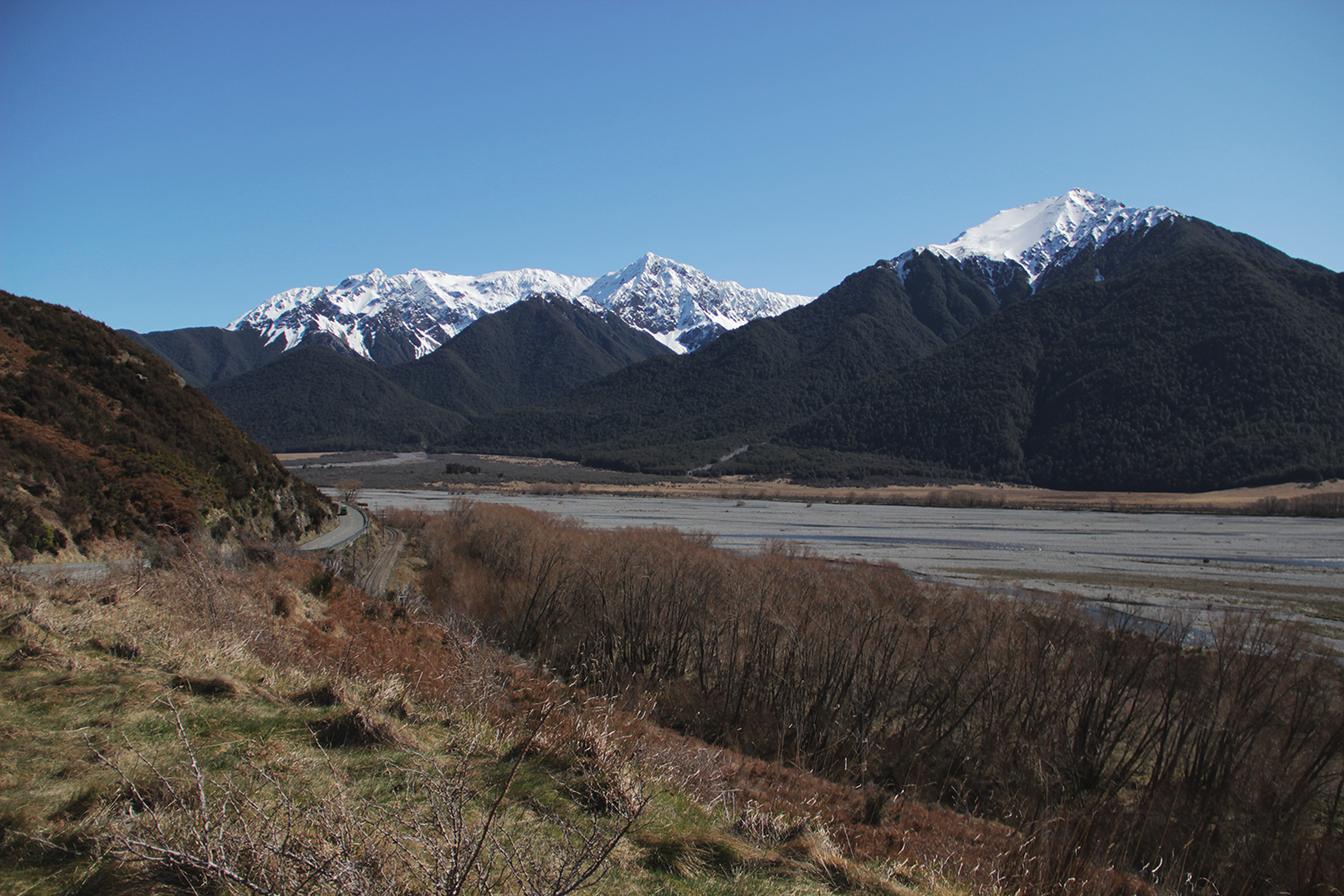
Actually, I’m surprised at how loose they are on speed compared to back home in Australia. At one point there was a sign for 100km/hr right before a tight bend and we just laughed at the impossibility of it. Even in Otago Peninsula, really steep, curvy lanes of the country hills had a speed of 70km/hr. Definitely wouldn’t be allowed at home. Not that I’m saying it isn’t safe – Australia just seems to be more cautious.
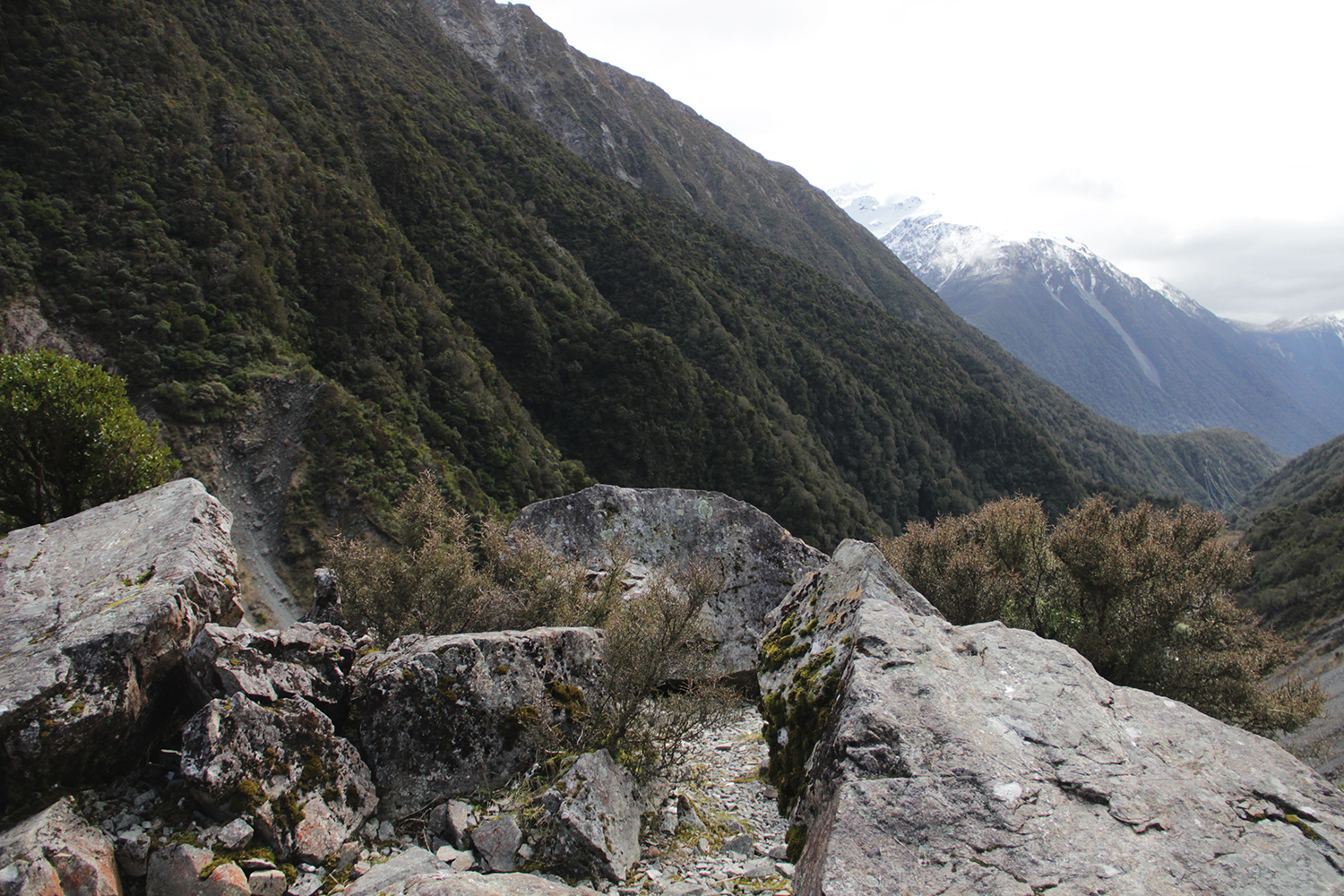

Native bird of New Zealand called Kea. They were far too docile for wild animals – I’m guessing they’re used to being spoiled by all the humans during the ski seasons.

IT WAS FREEZING HENCE I TURNED INTO NOTRE DAME.

We then arrived to Hokitika, jade country. We checked into our beautiful beachfront hotel and then had a late lunch. Afterwards, we enjoyed all the little shops that had handcrafted jade jewelry. The jade type called Pounamu in Maori is basically Nephrite Jade which is found in New Zealand, Australia, Canada, Russia and Wyoming. It’s a silicate of calcium and magnesium. The other form is Jadeite which I’m pretty familiar with as I’ve had a bangle of it on my wrist for over 5 years. This type is found in Northern Myanmar and China. You can see the colour and property differences between the two after seeing the Jadeite pretty often.
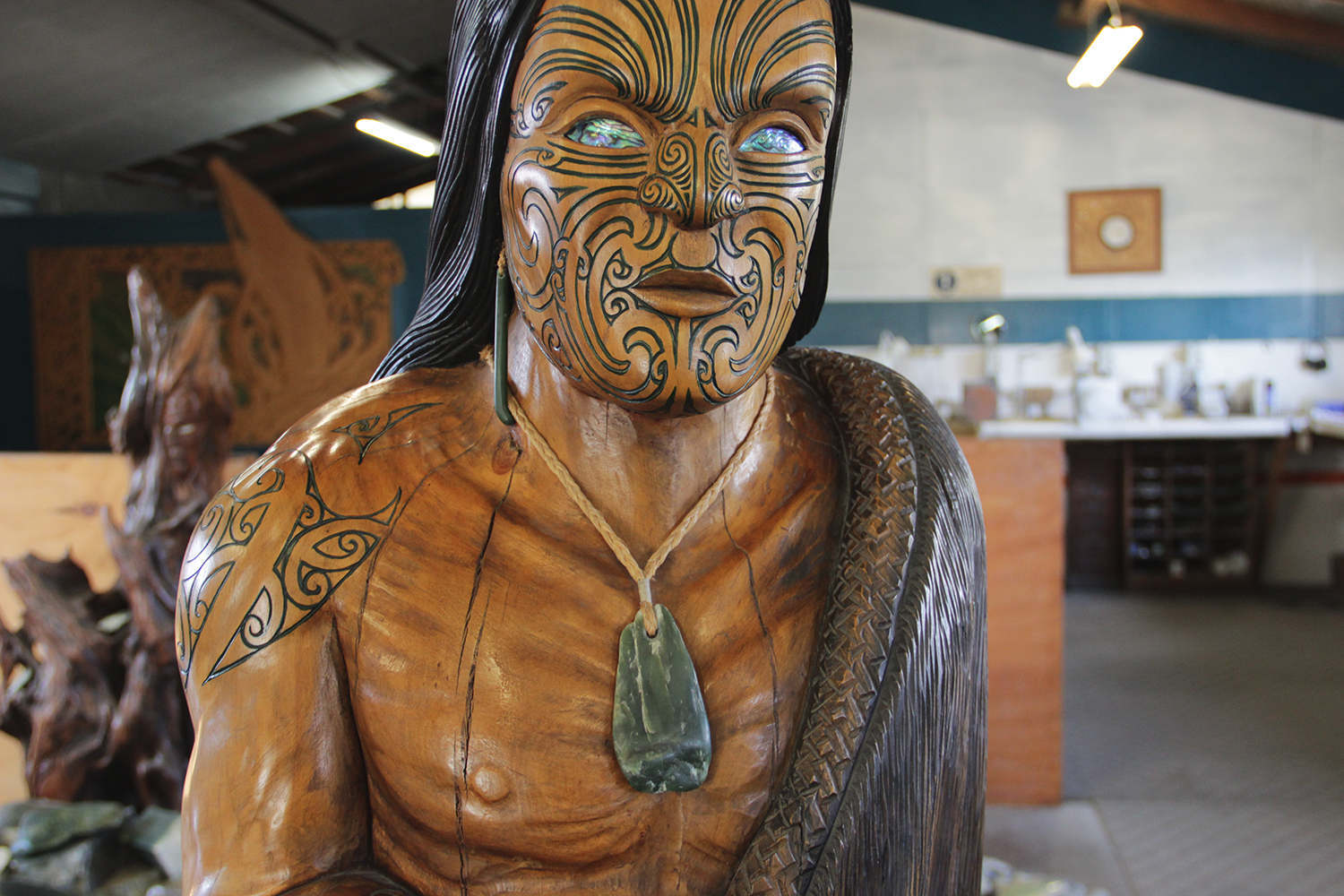
Interestingly though, despite the other countries – the New Zealand Pounamu is NOT mined. They just fall from the mountains and down Aruharu River (just 6km from Hokitika). All the jade is then found by tribe members in various sizes and you only need to go knee deep to find it. Sometimes, little chips of jade gets washed onto beaches around here too. One lady was telling me how her father goes scouting for them and if he finds a large piece, he’ll mark it, grab some help and drive right up to it to lug into the back of the car. He then brings them back to his workshop (where I was at) and makes them into jewelry.

Only the tribe members have access to Aruharu River which I was glad to hear. Otherwise there would no doubt be a herd of tourist buses with a pair of gumboots and a bucket ready to rip off nature.

We then popped into a Kiwi Conservation to find two Kiwis being raised up before release next year. They were kept under dark and quiet environments so I wasn’t able to take a photo. Here’s a turtle instead.
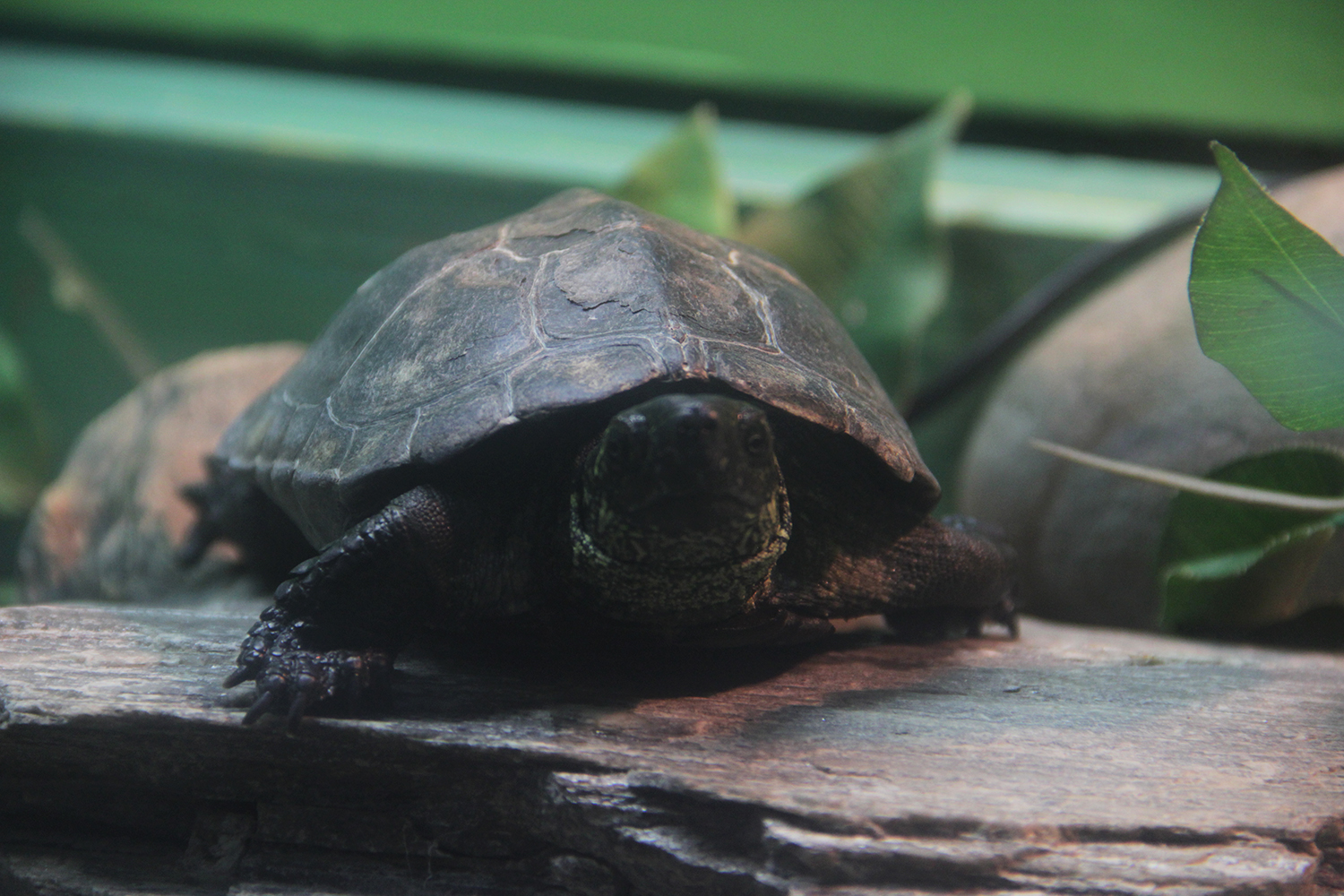
I ended my day attempting to go fishing for crayfish. I nearly caught two but I whacked both of them onto the side of the wall which allowed them to go free. Clumsy me.
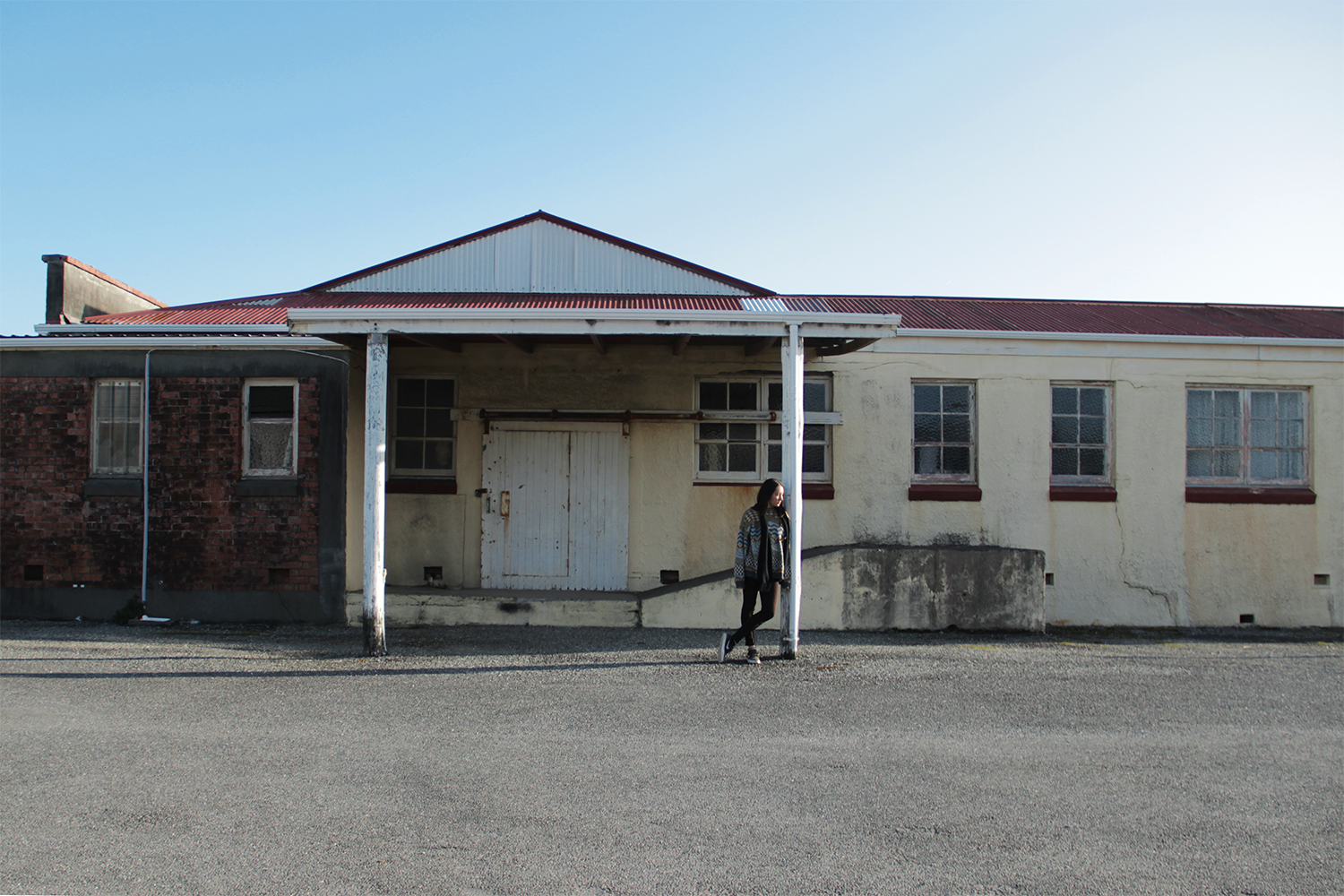
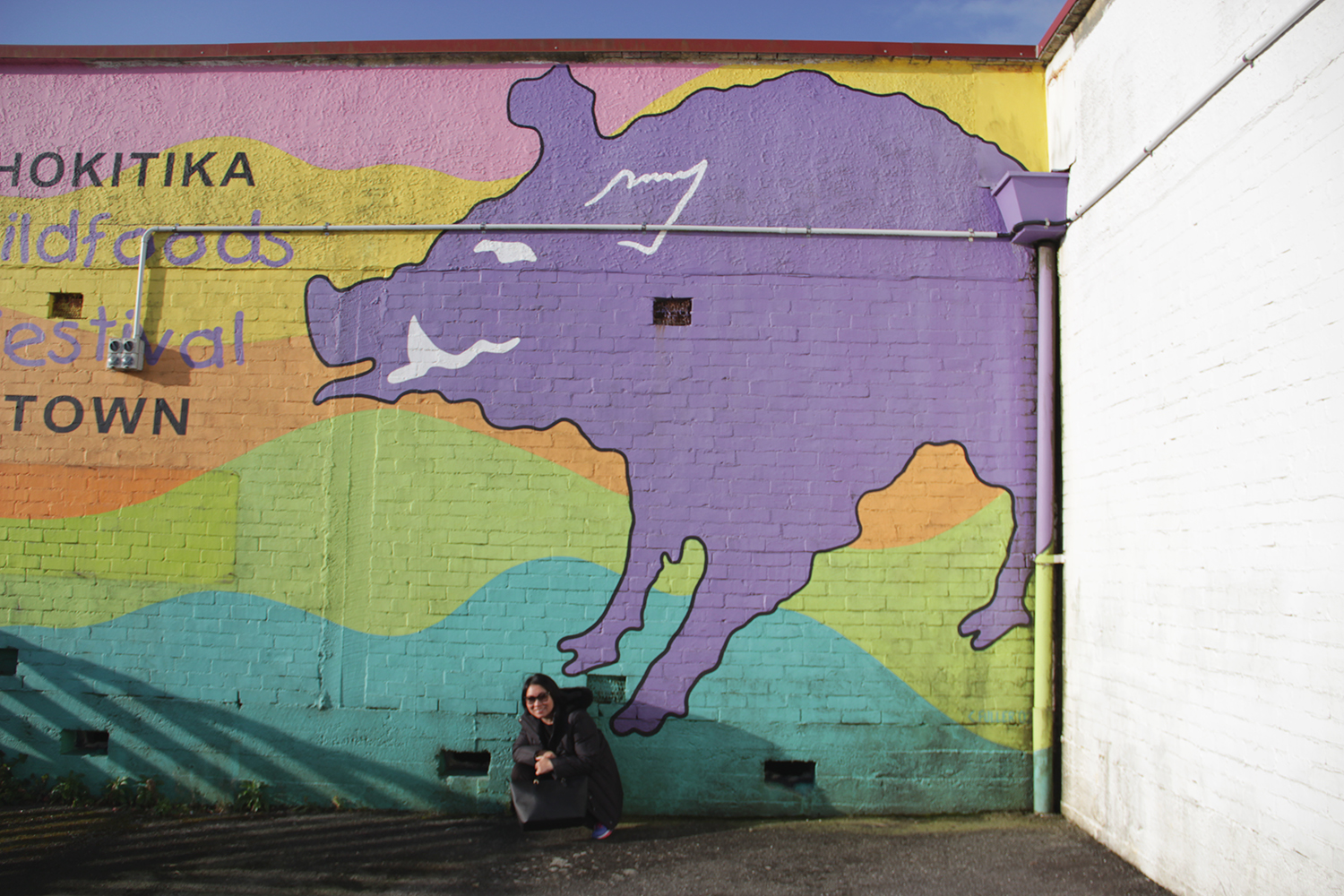

We then enjoyed the sunset by Hokitika Beach. I spent hours just trawling through the driftwood that seemed to amass all over this beach. I’ve actually never seen so many. What seems to be more interesting was that some of these trees have definitely fell victim to human action before being converted by the seas into driftwood. There were sawed branches, metal brackets, nails in some of the bigger logs. I wonder how they got here.
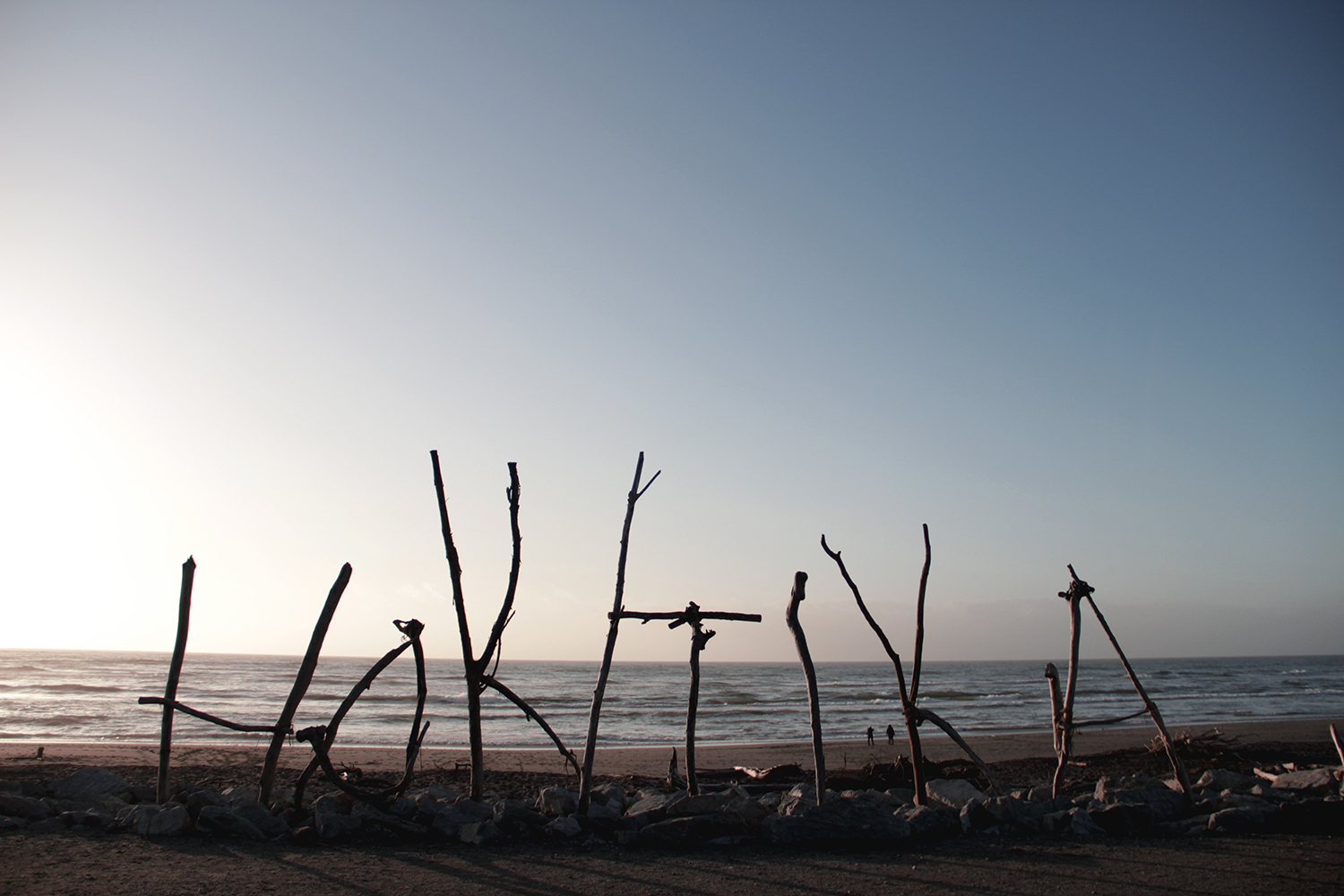


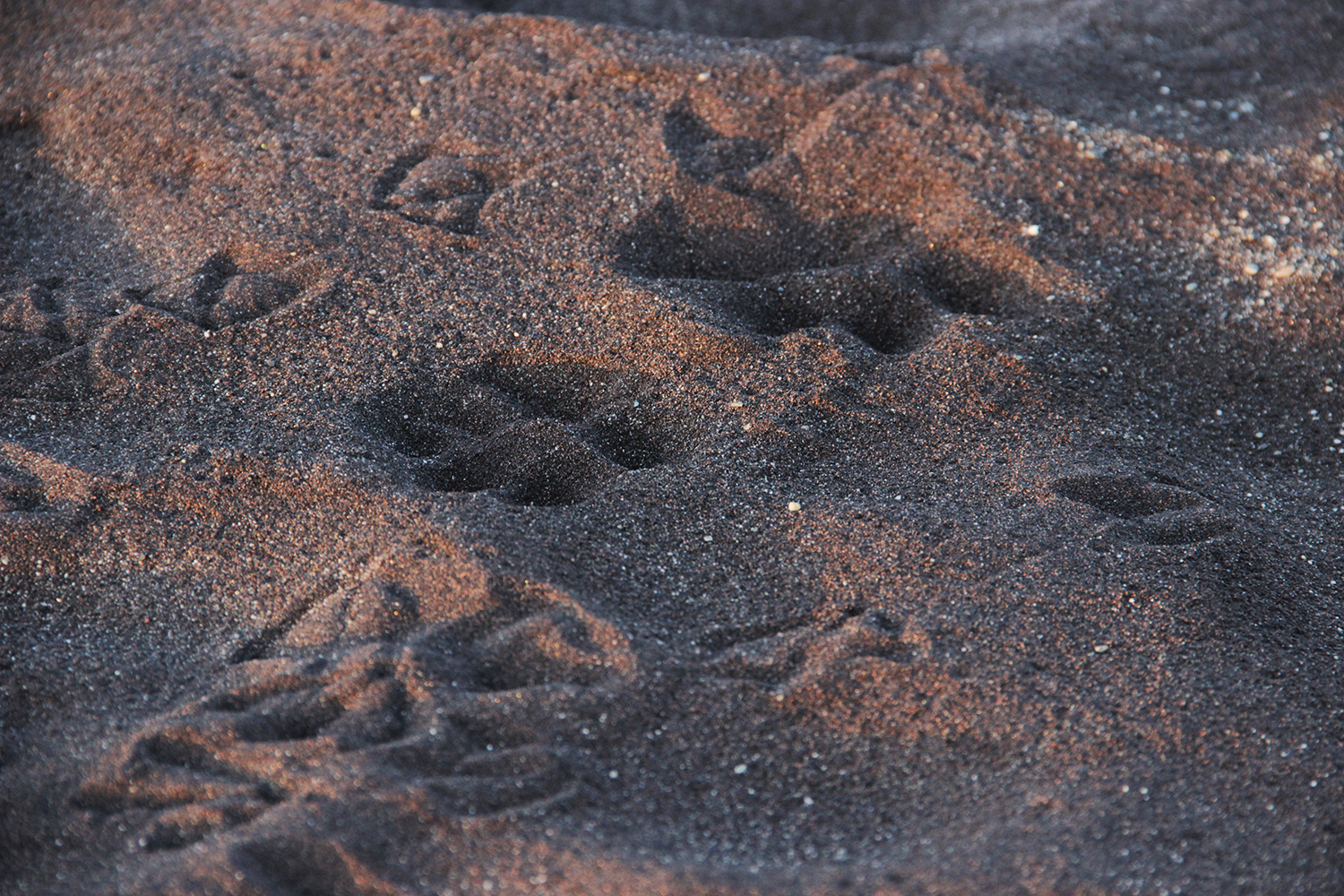
Seagull & dog footprints
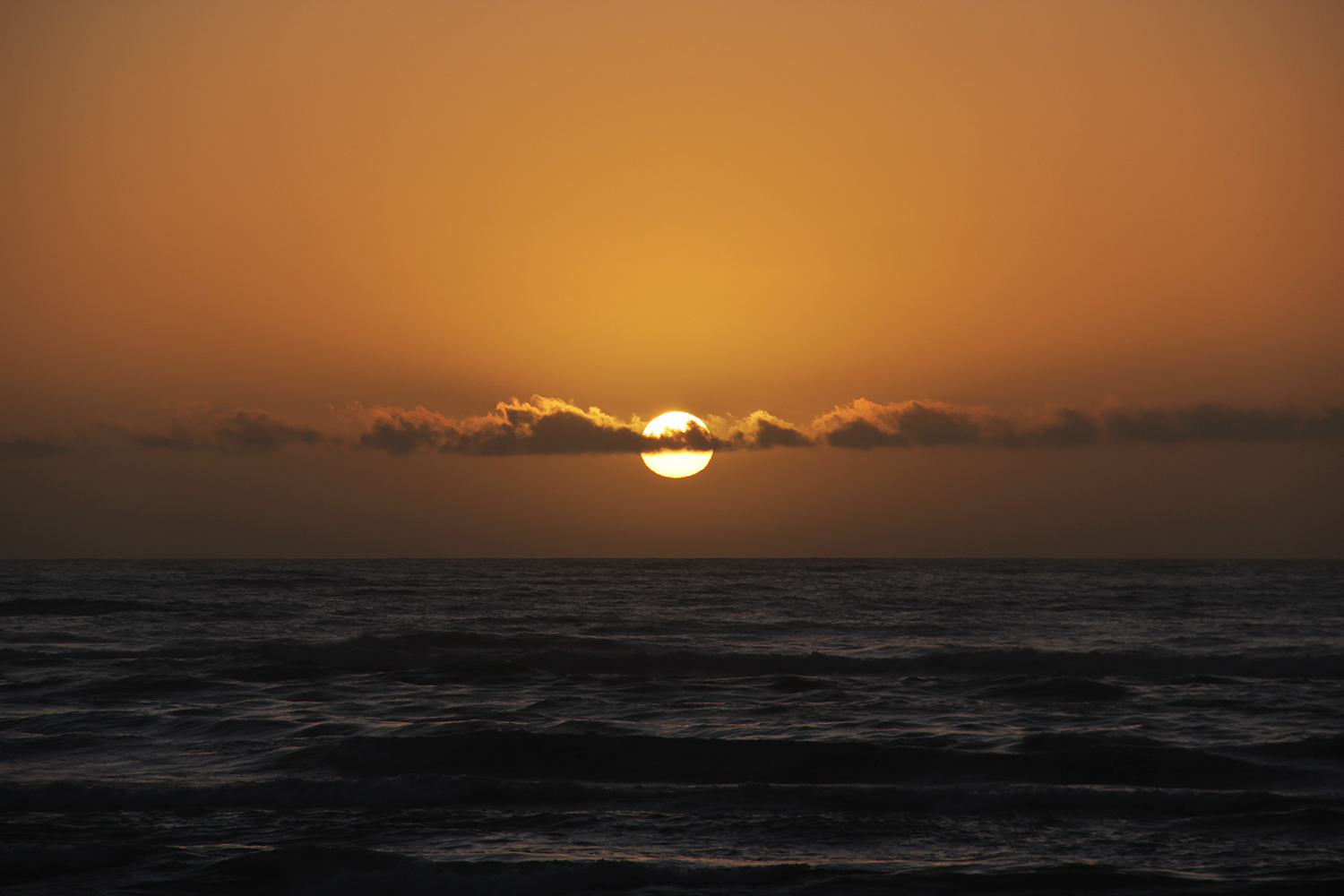
Sunset of the west coast
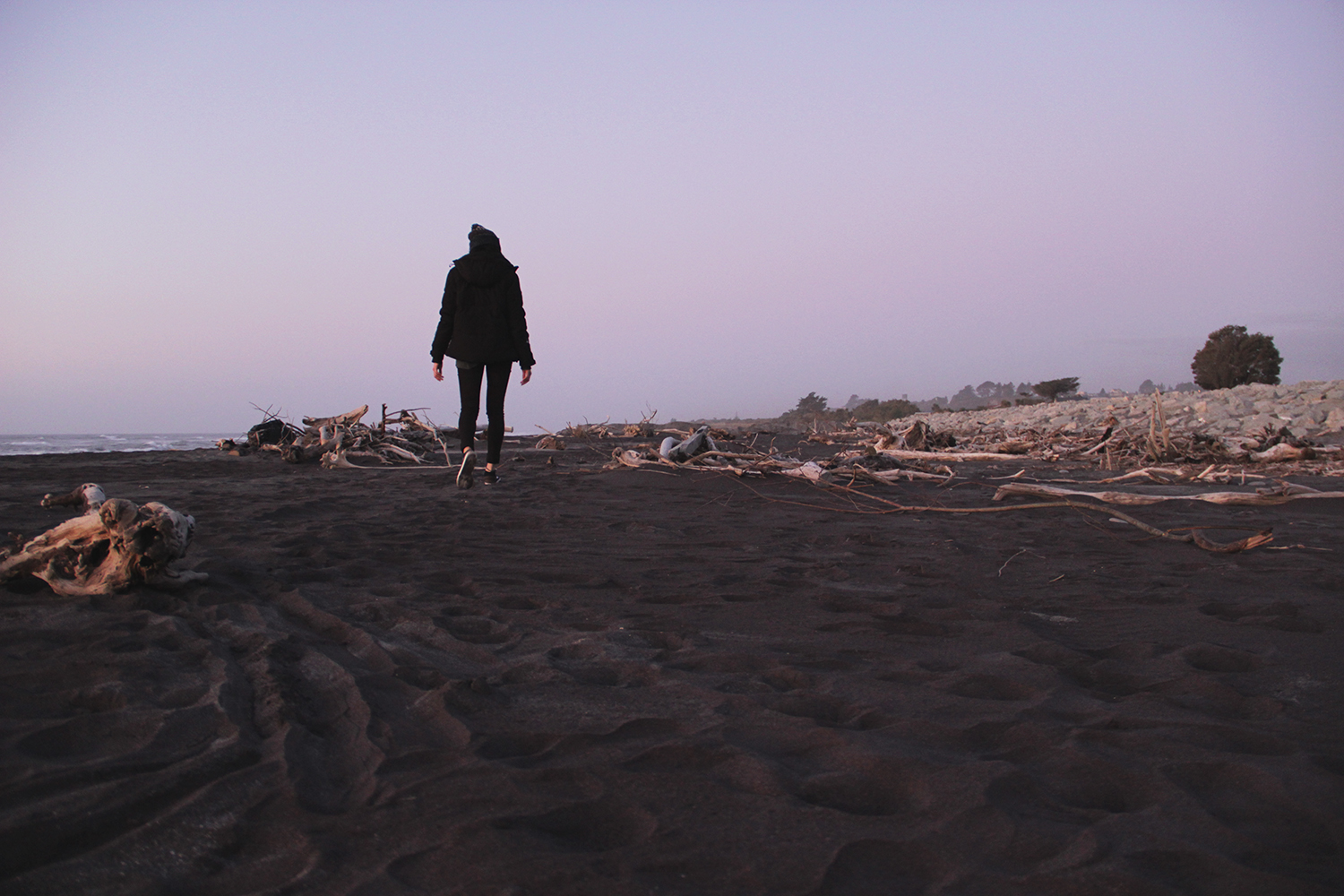
And remember in Day 1 how I said it seems to be that each day had a bit of a focus? Well, please enjoy my monochrome driftwood exhibition. If you have no taste for it, the blog ends here haha.

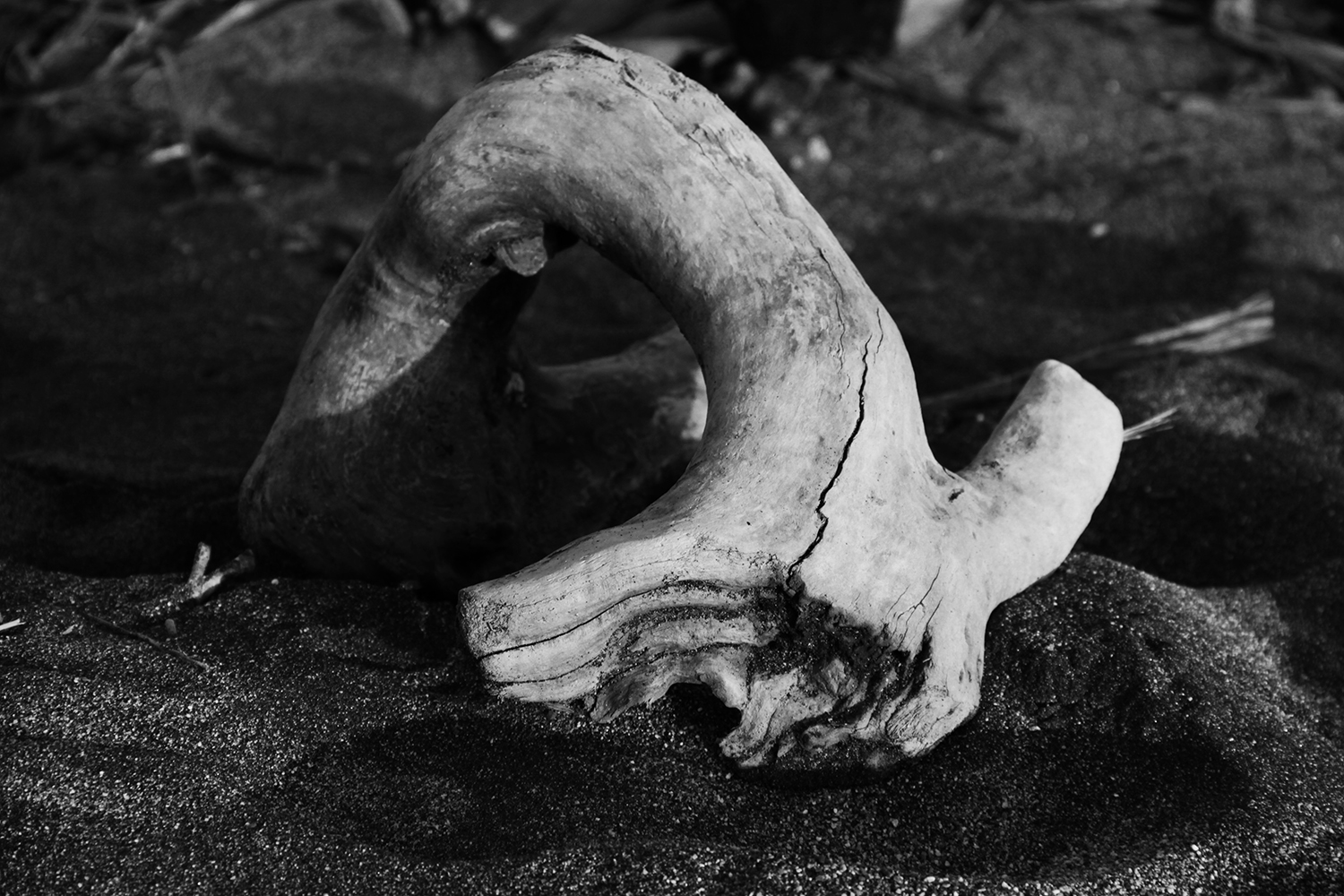

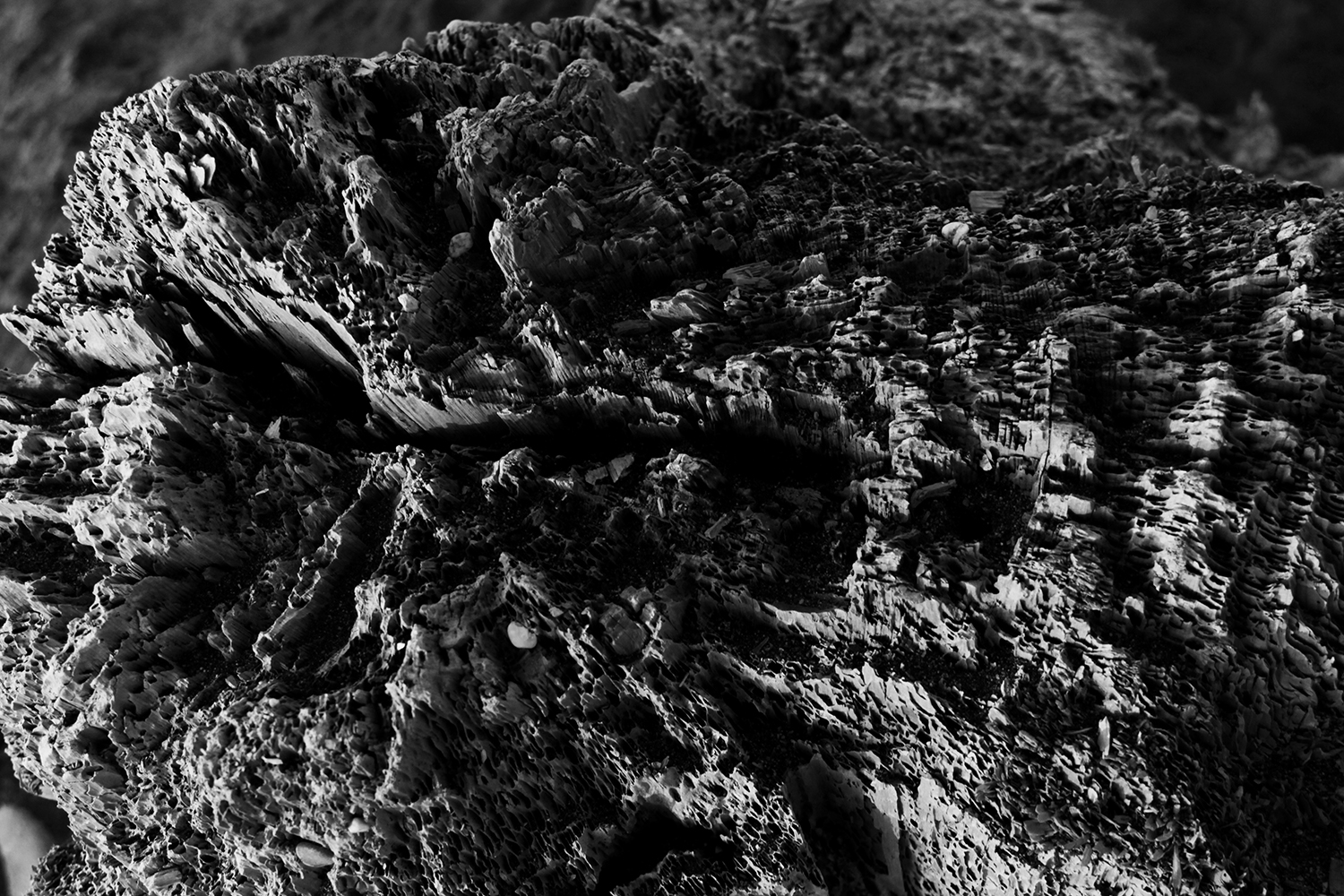
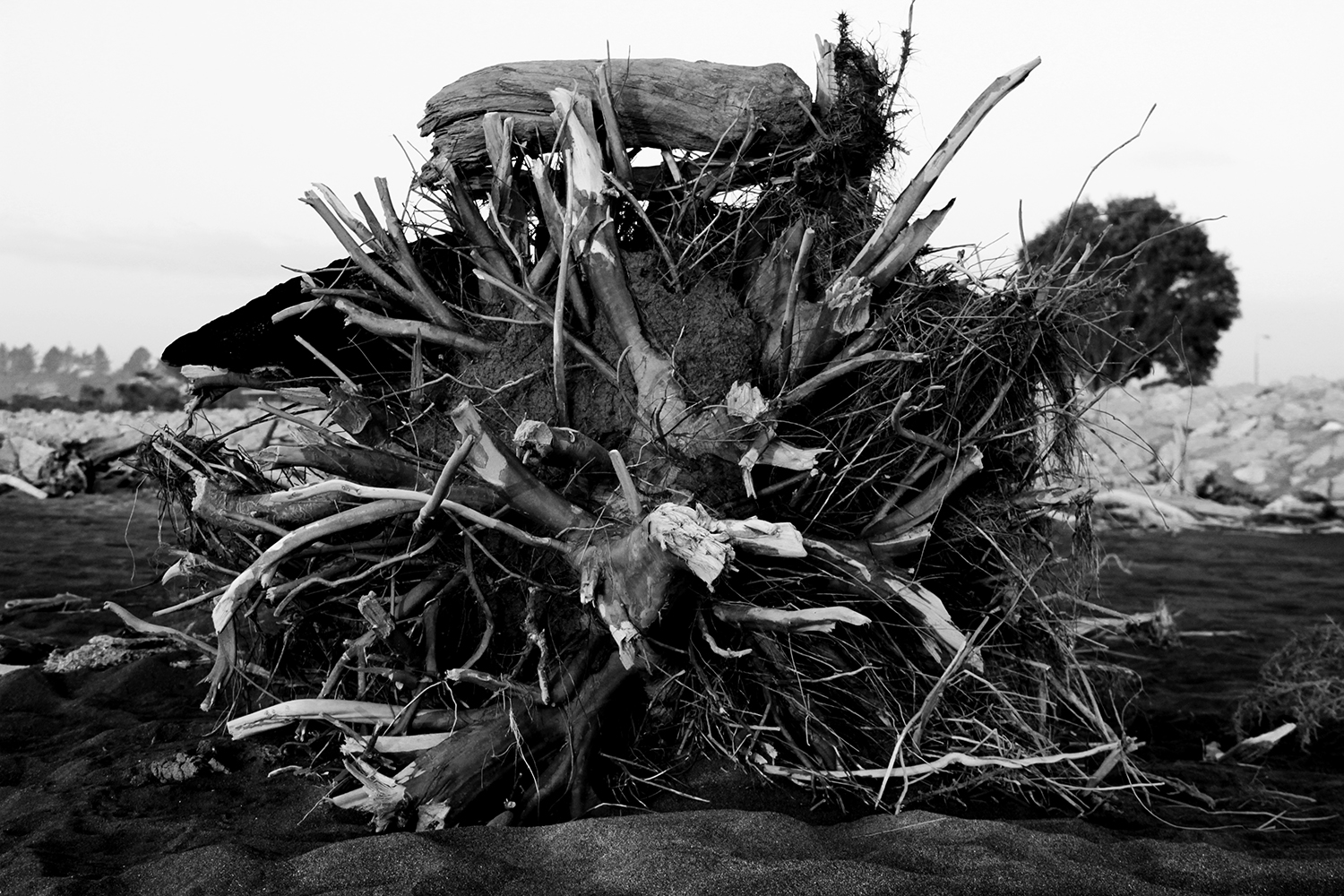





Comments are closed.